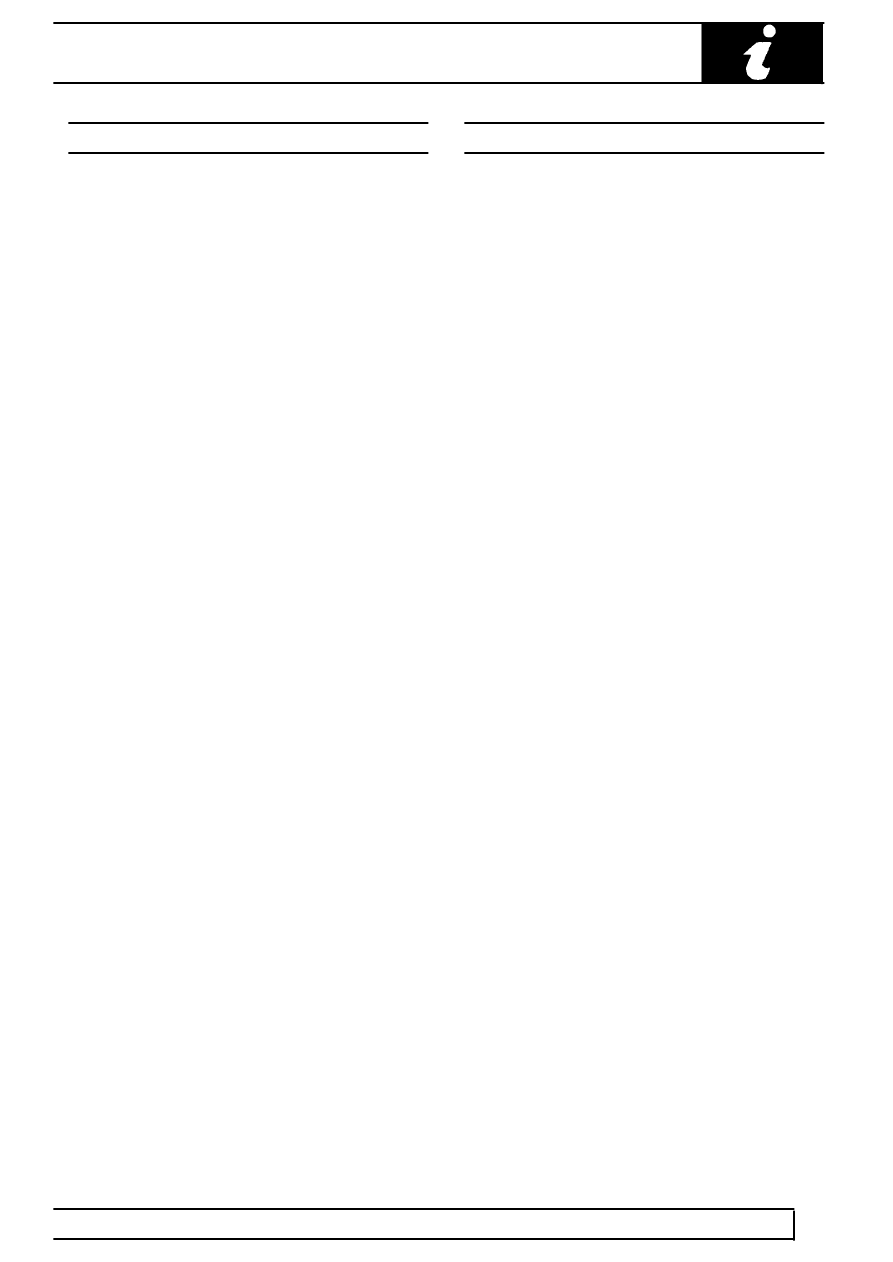Range Rover Classic

GENERAL FITTING REMINDERS
5
INFORMATION
JOINTS AND JOINT FACES
1. Always use correct gaskets where they are
specified.
2. Use jointing compound only when
recommended. Otherwise fit joints dry.
3. When jointing compound is used, apply in a thin
uniform film to metal surfaces; take great care to
prevent it from entering oilways, pipes or blind
tapped holes.
4. Remove all traces of old jointing materials prior
to reassembly. Do not use a tool which could
damage joint faces.
5. Inspect joint faces for scratches or burrs and
remove with a fine file or oil stone; do not allow
removed material or dirt to enter tapped holes or
enclosed parts.
6. Blow out any pipes, channels or crevices with
compressed air, fit new ’O’ rings or seals
displaced by air blast.
FLEXIBLE HYDRAULIC PIPES, HOSES
1. Before removing any brake or power steering
hose, clean end fittings and area surrounding
them as thoroughly as possible.
2. Obtain appropriate plugs or caps before
detaching hose end fittings, so that ports can be
immediately covered to exclude dirt.
3. Clean hose externally and blow through with
airline. Examine carefully for cracks, separation
of plies, security of end fittings and external
damage. Reject any hose found faulty.
4. When refitting hose, ensure that no unnecessary
bends are introduced, and that hose is not
twisted before or during tightening of union nuts.
5. Containers for hydraulic fluid must be kept
absolutely clean.
6. Do not store brake fluid in an unsealed
container. It will absorb water, and fluid in this
condition would be dangerous to use due to a
lowering of its boiling point.
7. Do not allow brake fluid to be contaminated with
mineral oil, or use a container which has
previously contained mineral oil.
8. Do not re-use brake fluid bled from system.
9. Always use clean brake fluid to clean hydraulic
components.
10. Fit a cap to seal a hydraulic union and a plug to
its socket after removal to prevent ingress of dirt.
11. Absolute cleanliness must be observed with
hydraulic components at all times.
12. After any work on hydraulic systems, inspect
carefully for leaks underneath the vehicle while a
second operator applies maximum pressure to
the brakes (engine running) and operates the
steering.
